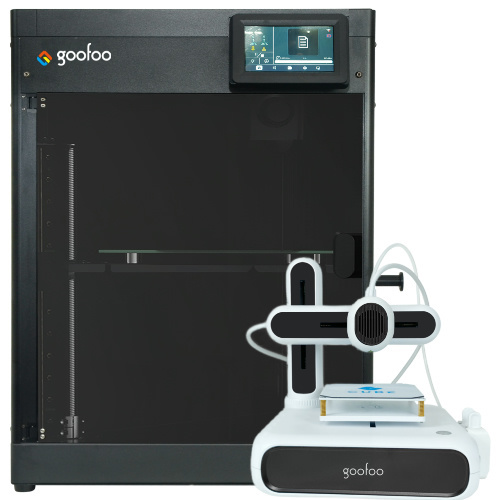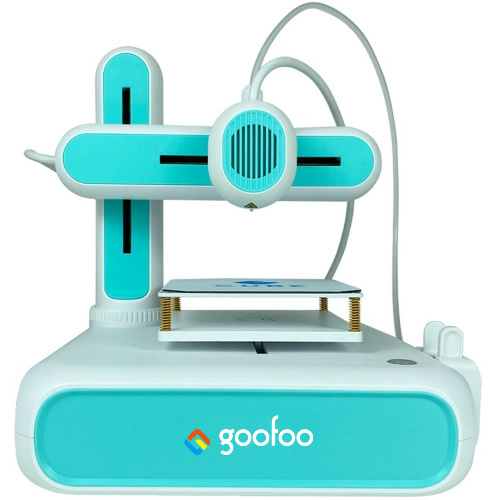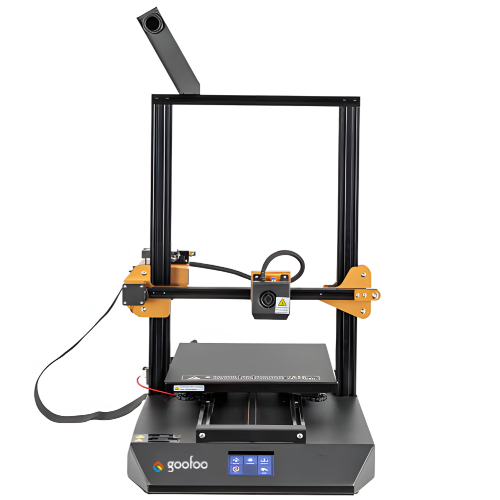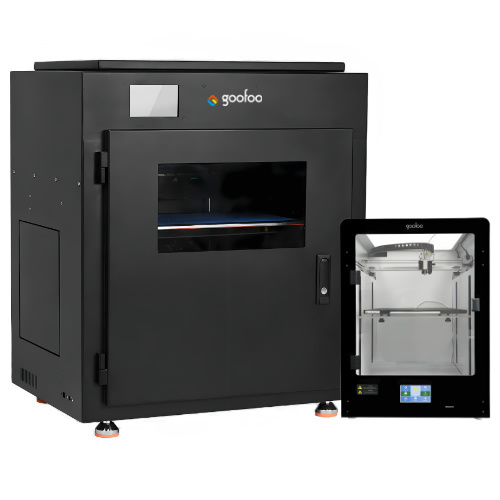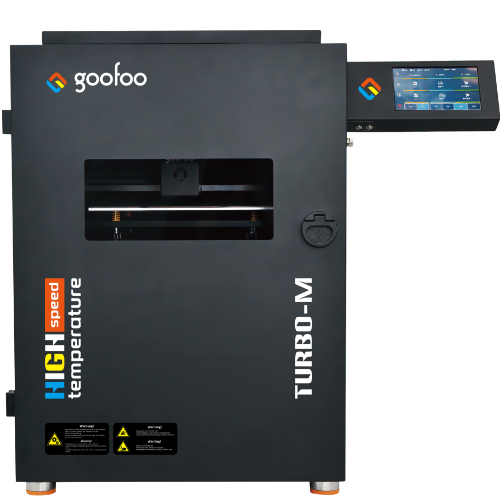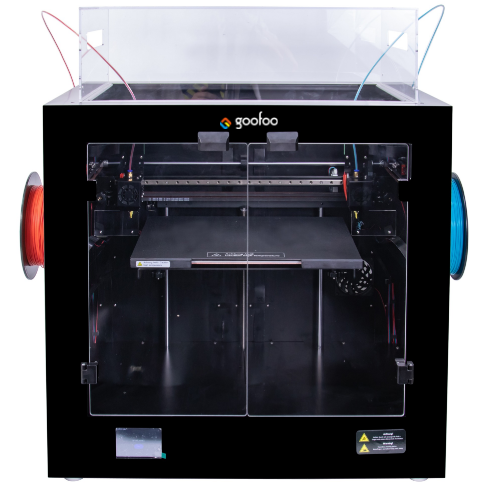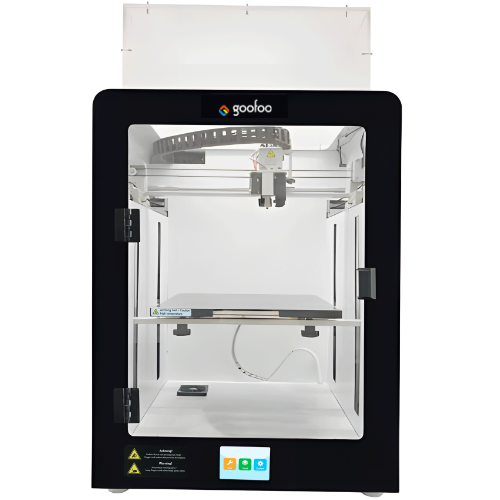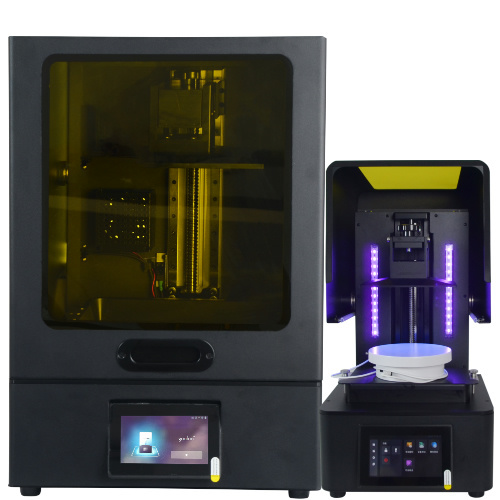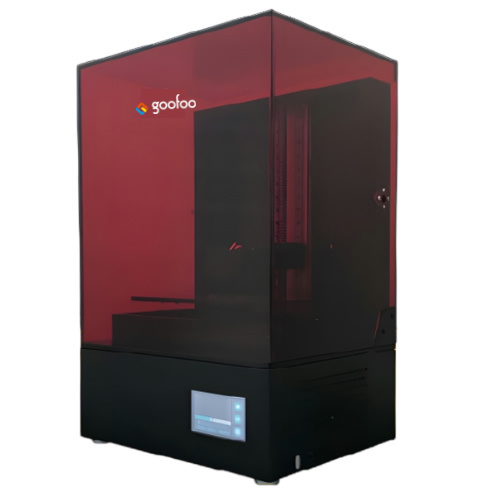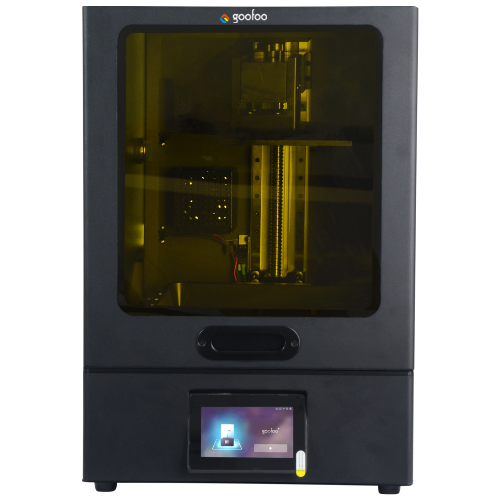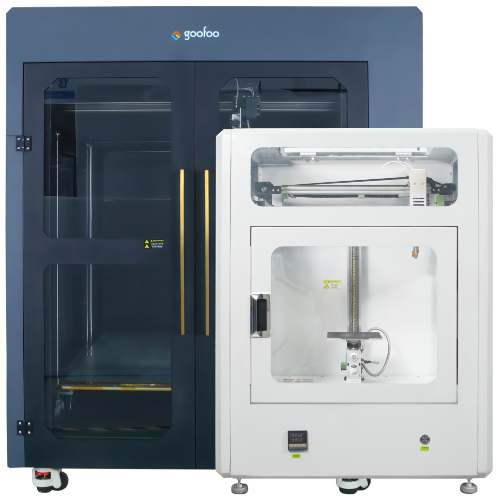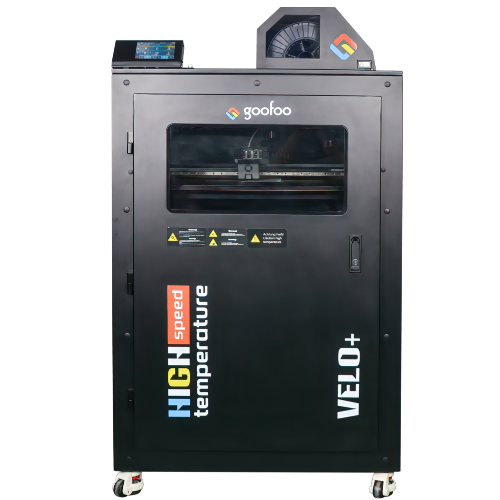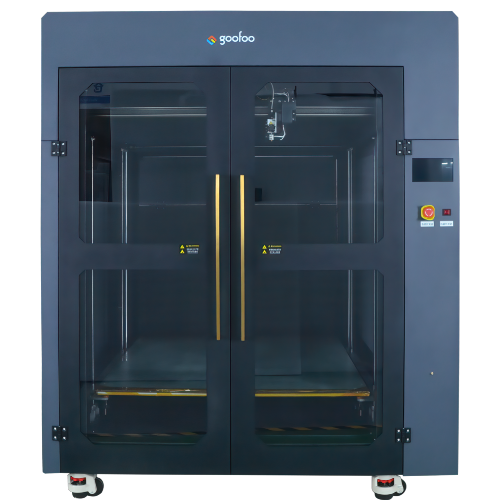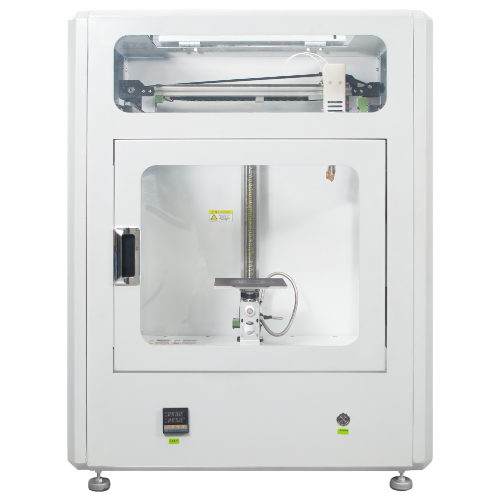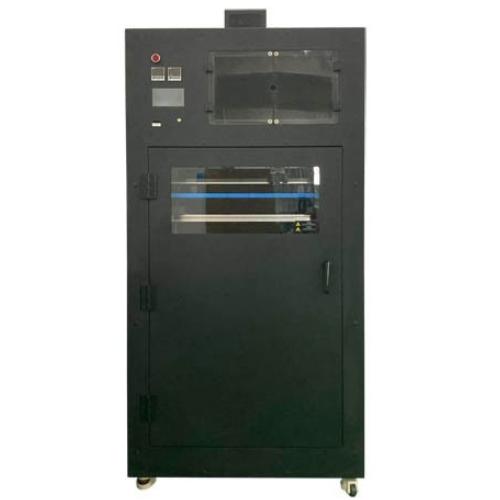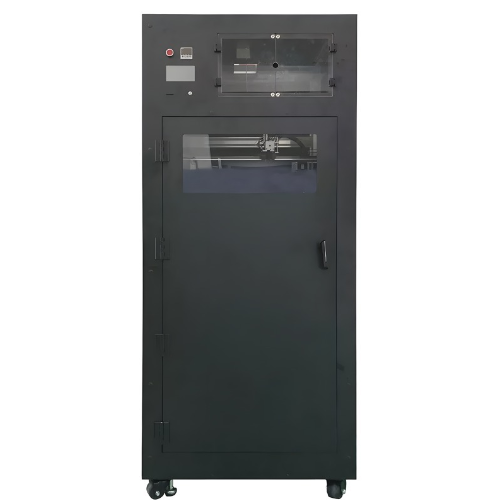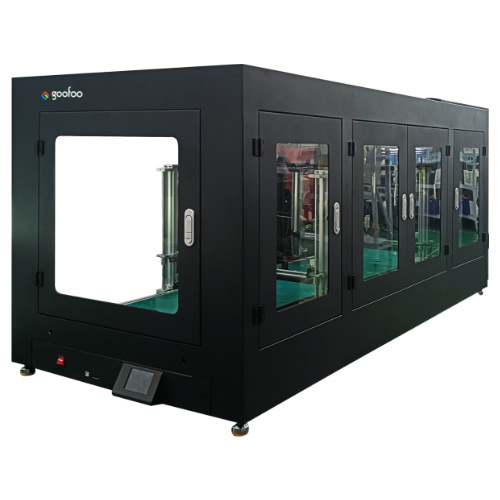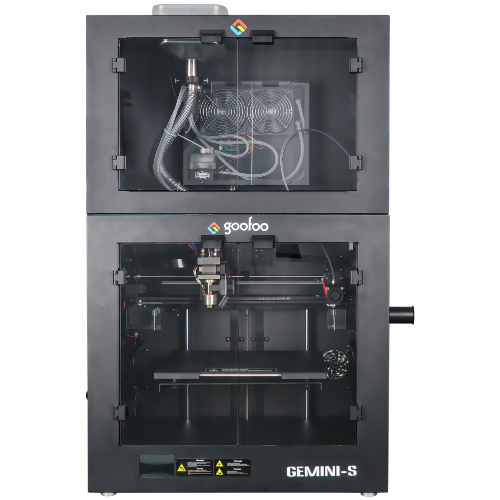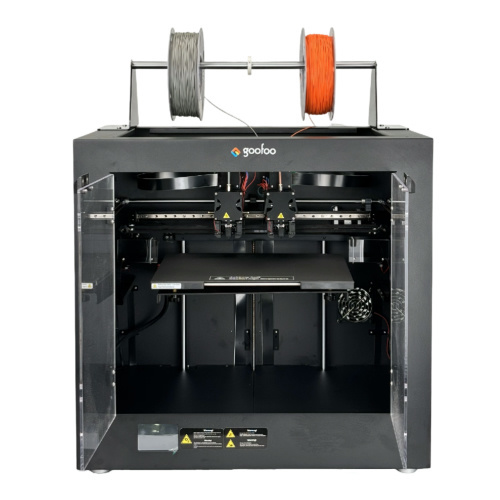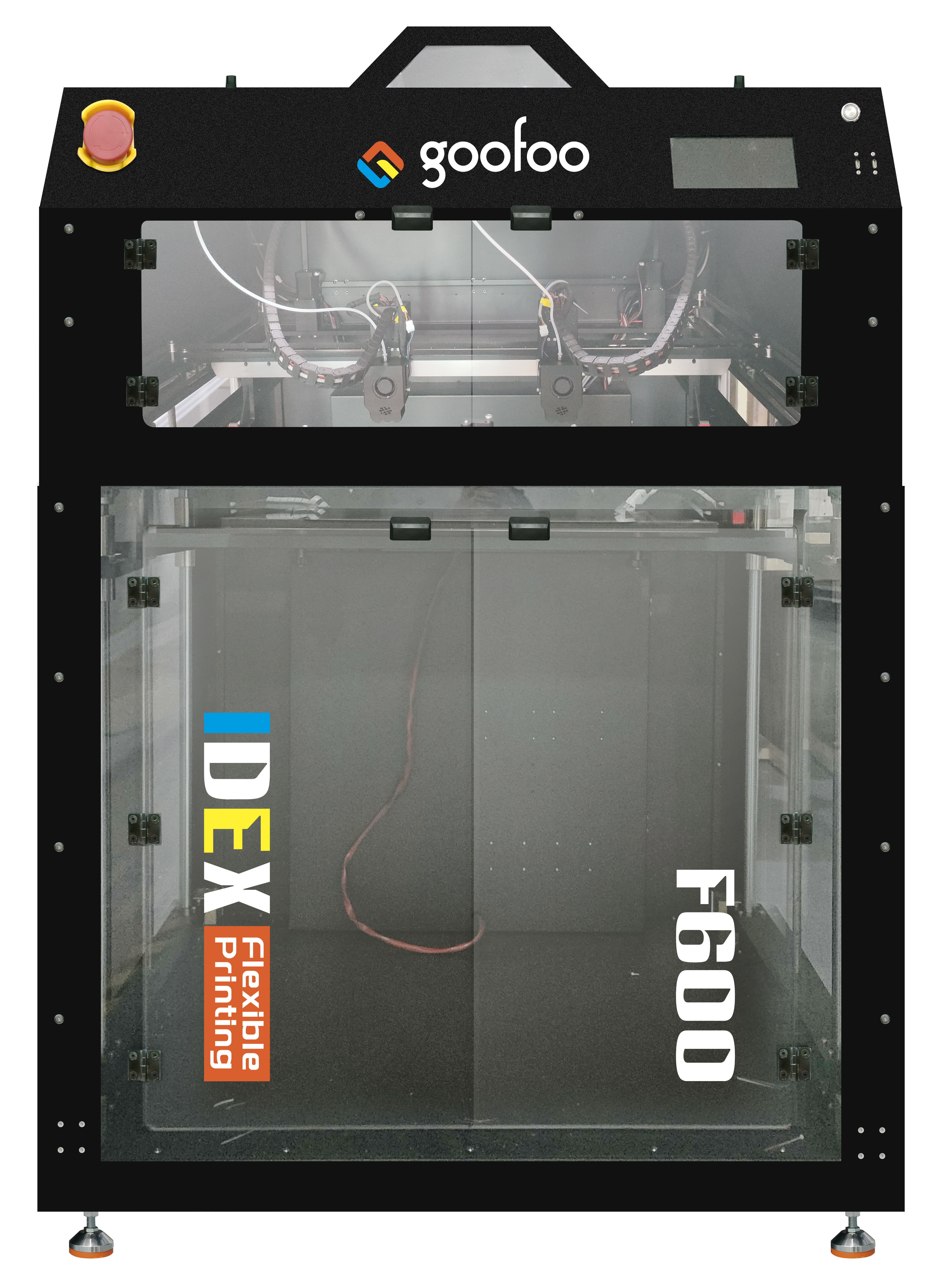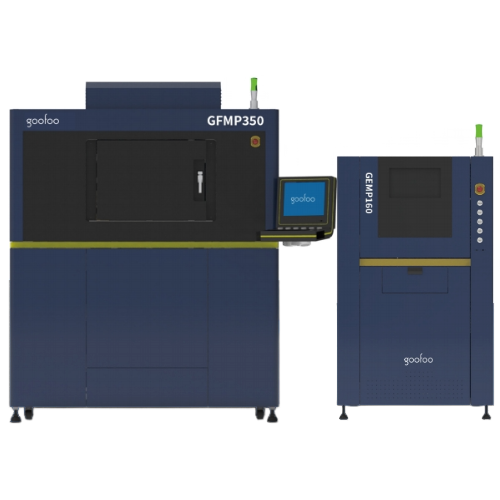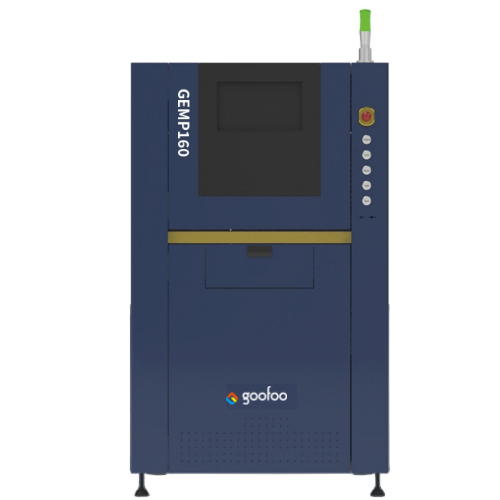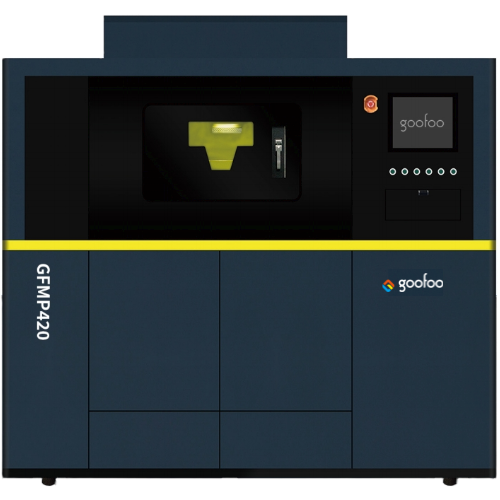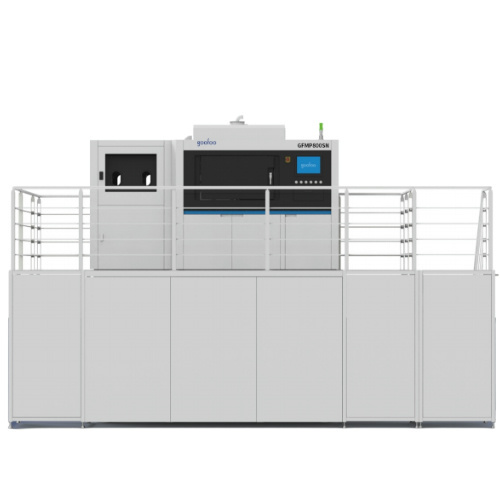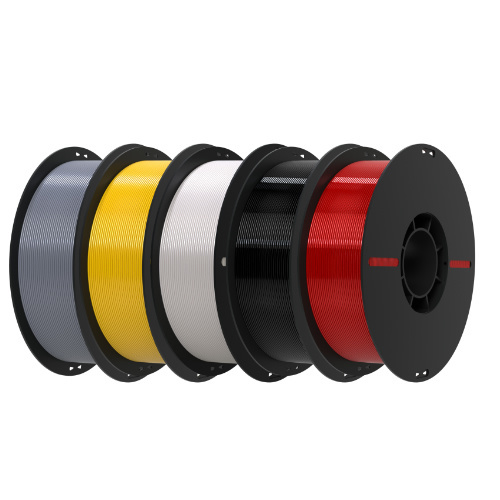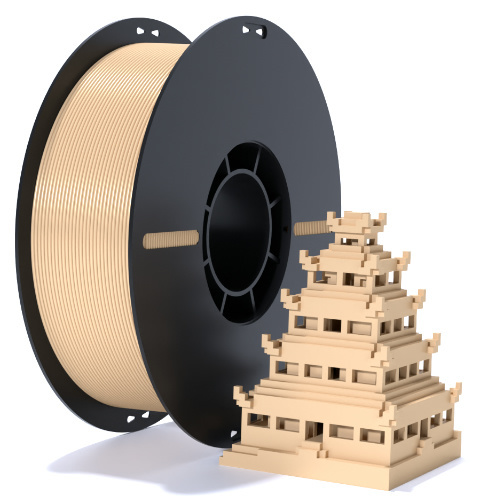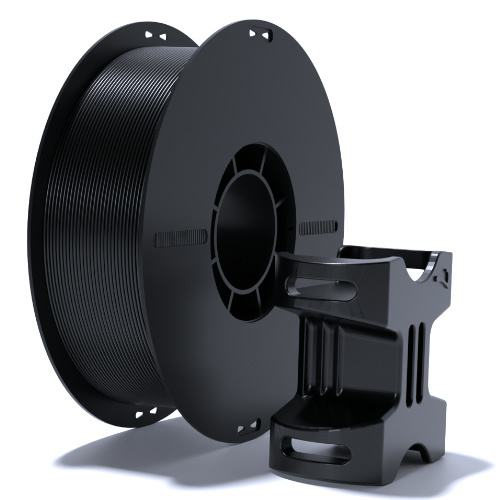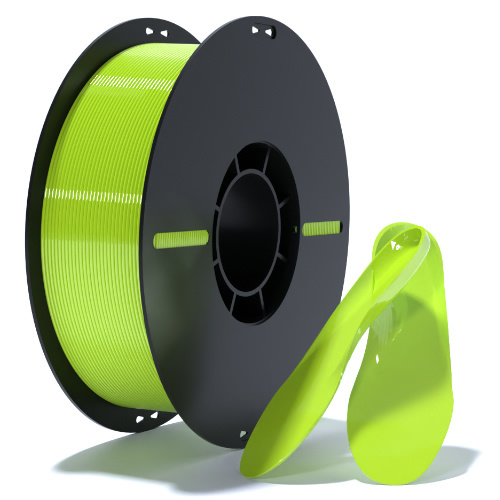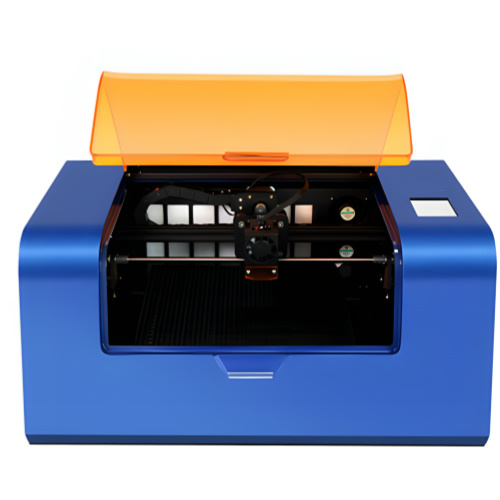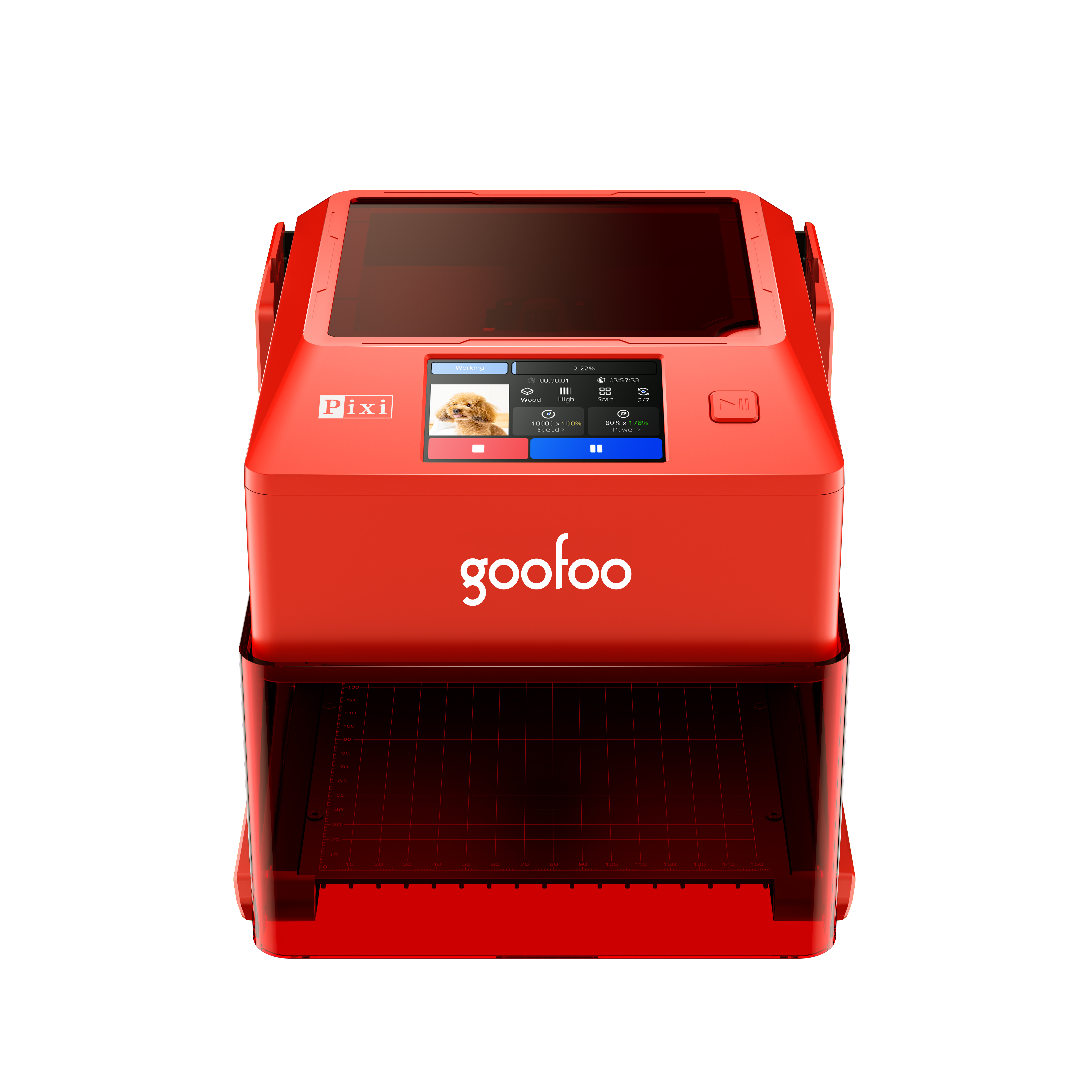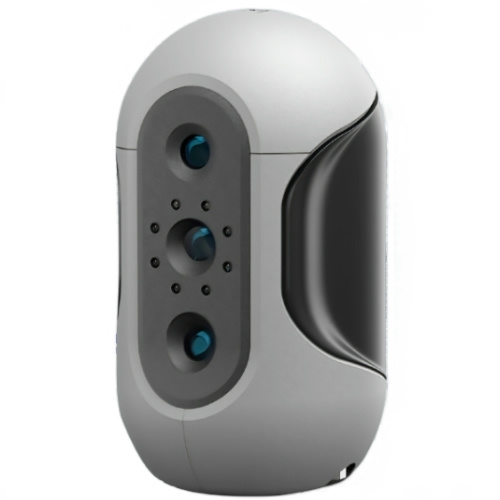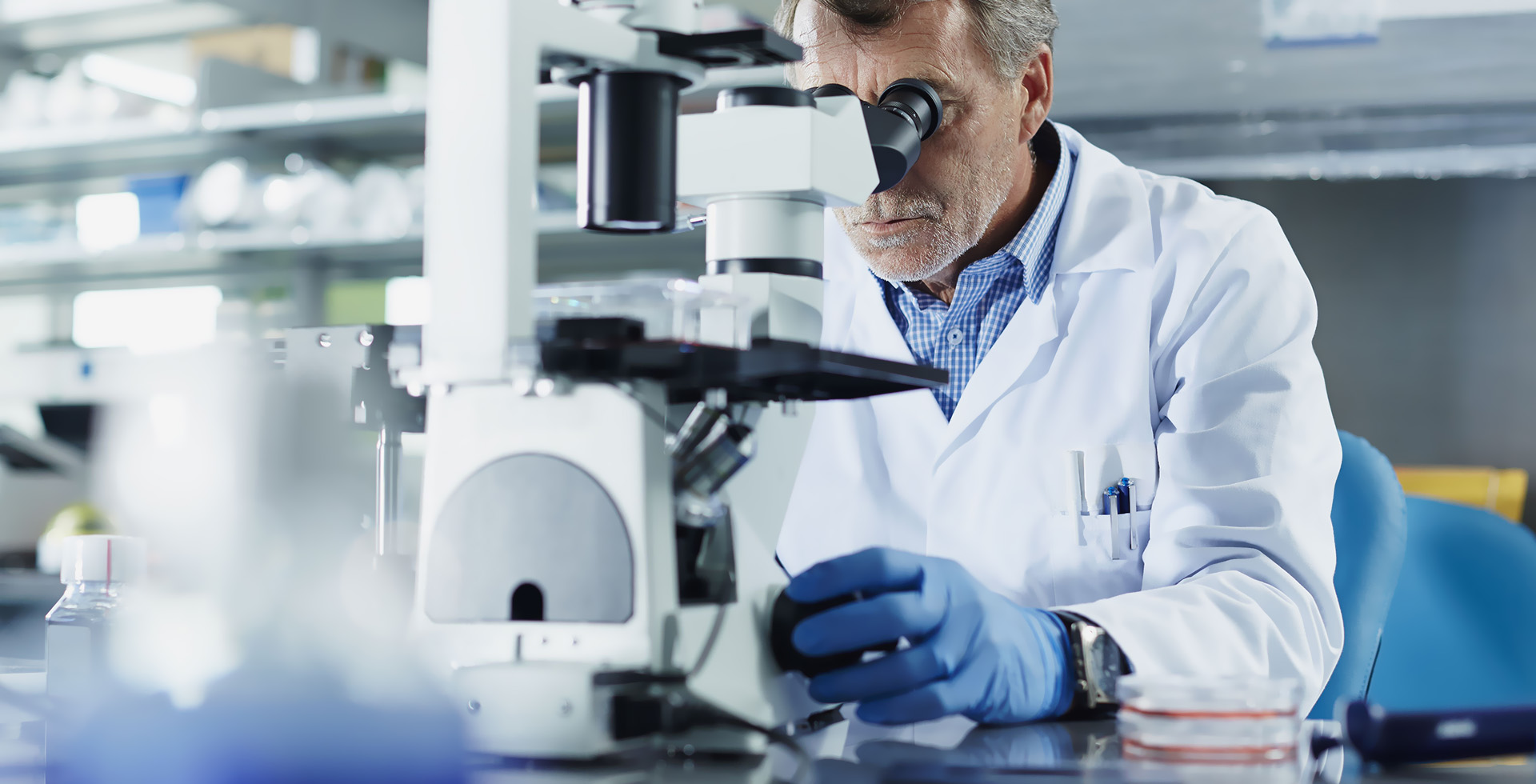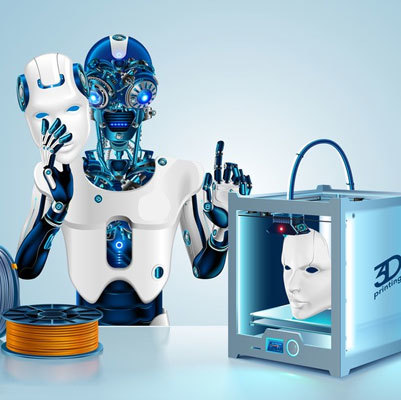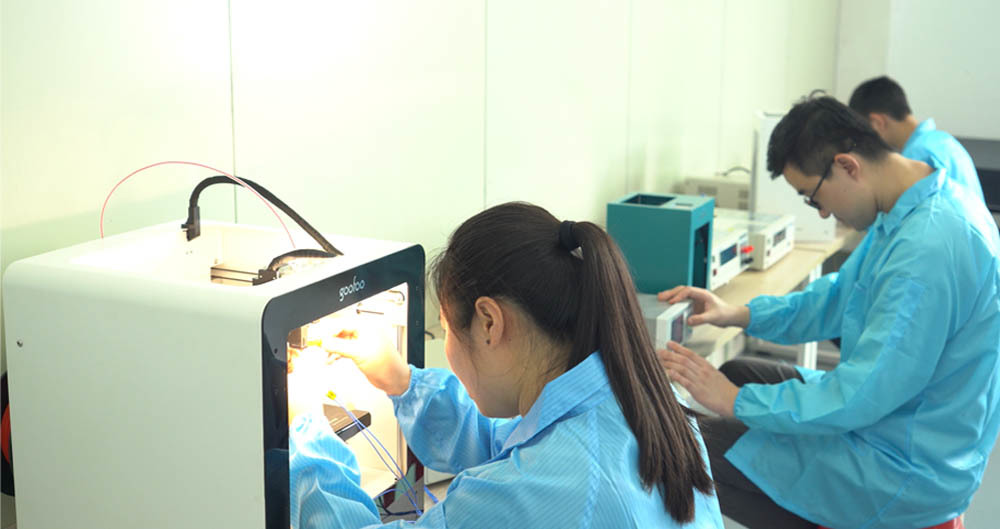All Categories
Unlocking the Potential of Metal 3D Printing: A Comprehensive Guide
2025-11-16 11:00
Metal 3D printing, or additive manufacturing, represents a significant advancement in modern manufacturing techniques, enabling the production of complex metal components that were previously challenging or impossible to achieve with traditional methods. In the realm of digital products and technology, understanding the nuances of metal 3D printing can be a game changer for professionals seeking innovative solutions.
One of the primary advantages of 3D printing for metal is the ability to create intricate geometries and lightweight structures. This is particularly beneficial in industries such as aerospace, automotive, and medical devices, where precision and weight reduction are paramount. Traditional subtractive manufacturing methods often result in material waste, whereas metal 3D printing builds components layer by layer, utilizing only the necessary material for the final product.
There are several key technologies involved in metal 3D printing, with the two most prominent being Selective Laser Melting (SLM) and Direct Metal Laser Sintering (DMLS). Both methods utilize a high-powered laser to fuse metal powder particles together, creating a solid structure. While SLM is primarily used for fully dense parts, DMLS can create parts with varying densities, which can be advantageous for specific applications. Additionally, Binder Jetting and Electron Beam Melting (EBM) are also noteworthy technologies that offer unique benefits and applications.
When considering a 3D printer for metal, professionals must take into account various factors, including material compatibility, part complexity, and post-processing requirements. Common metals used in 3D printing include titanium, stainless steel, aluminum, and cobalt-chrome, each offering distinct properties that can be leveraged depending on the application. Furthermore, understanding the thermal properties of these metals is crucial, as they can influence how parts are printed and their eventual performance.
Post-processing is another critical aspect of metal 3D printing. Parts often require additional treatments such as heat treatment, surface finishing, or machining to achieve desired mechanical properties and surface quality. These processes can add time and cost to the production cycle, making it essential for professionals to plan accordingly.
In conclusion, 3D printing for metal is a transformative technology that offers numerous benefits across various industries. By harnessing its capabilities, professionals can streamline production processes, reduce waste, and create innovative designs that push the boundaries of traditional manufacturing. As this technology continues to evolve, staying informed about the latest advancements and best practices will be essential for those looking to integrate metal 3D printing into their operations.
One of the primary advantages of 3D printing for metal is the ability to create intricate geometries and lightweight structures. This is particularly beneficial in industries such as aerospace, automotive, and medical devices, where precision and weight reduction are paramount. Traditional subtractive manufacturing methods often result in material waste, whereas metal 3D printing builds components layer by layer, utilizing only the necessary material for the final product.
There are several key technologies involved in metal 3D printing, with the two most prominent being Selective Laser Melting (SLM) and Direct Metal Laser Sintering (DMLS). Both methods utilize a high-powered laser to fuse metal powder particles together, creating a solid structure. While SLM is primarily used for fully dense parts, DMLS can create parts with varying densities, which can be advantageous for specific applications. Additionally, Binder Jetting and Electron Beam Melting (EBM) are also noteworthy technologies that offer unique benefits and applications.
When considering a 3D printer for metal, professionals must take into account various factors, including material compatibility, part complexity, and post-processing requirements. Common metals used in 3D printing include titanium, stainless steel, aluminum, and cobalt-chrome, each offering distinct properties that can be leveraged depending on the application. Furthermore, understanding the thermal properties of these metals is crucial, as they can influence how parts are printed and their eventual performance.
Post-processing is another critical aspect of metal 3D printing. Parts often require additional treatments such as heat treatment, surface finishing, or machining to achieve desired mechanical properties and surface quality. These processes can add time and cost to the production cycle, making it essential for professionals to plan accordingly.
In conclusion, 3D printing for metal is a transformative technology that offers numerous benefits across various industries. By harnessing its capabilities, professionals can streamline production processes, reduce waste, and create innovative designs that push the boundaries of traditional manufacturing. As this technology continues to evolve, staying informed about the latest advancements and best practices will be essential for those looking to integrate metal 3D printing into their operations.
3d printer for metal
Recommended News
language
English
العربية
বাংলাদেশ
Български
Hrvatski
Česky
Dansk
Nederland
 Esperanto
Esperanto
Slovenski
Filipino
Suomi
Français
Maori
 Shqiptare
Shqiptare
Georgian
 Euskara
Euskara
Deutsch
Ελλάδα
ישראל
इंडिया
Magyarország
Ísland
Indonesia
Irlanda
Italia
日本語
Sovensko
Հայաստան
한국
Kyrgyz
ປະເທດລາວ
 Zulu
Zulu
Latvian
Lithuanian
Luxembourgish
 Latinus
Latinus
Macedonian
Малайская
Maltese
Монгол улс
 Cymraeg
Cymraeg
ဗမာ
 தமிழ்
தமிழ்
नेपाल
Norge
ایران
Polska
Portugal
România
Российская
Србија
 Slovak
Slovak
Србија
 Slovak
Slovak
Bosanski
Slovenian
Беларус
España
Sverige
Точик
ประเทศไทย
Türk
Azərbaycan
Uzbek
 Afrikaans
Afrikaans
Việt Nam
Skype / WhatsApp: +86 592-5713513 / +86-13860126490
No.88-3, North Tongji Road, Xike County, Tong'an District, Xiamen, Fujian China
Xiamen Goofoo Technology Co., Ltd. All Rights Reserved 闽ICP备2022008070号-1 SEO 300.cn
Phone:+0086 592-5713513
Address: No.88-3, North Tongji Road, Xike County, Tong’an District, Xiamen, Fujian China
Email: sales@goofoo3d.com
We will give you feedback in time

